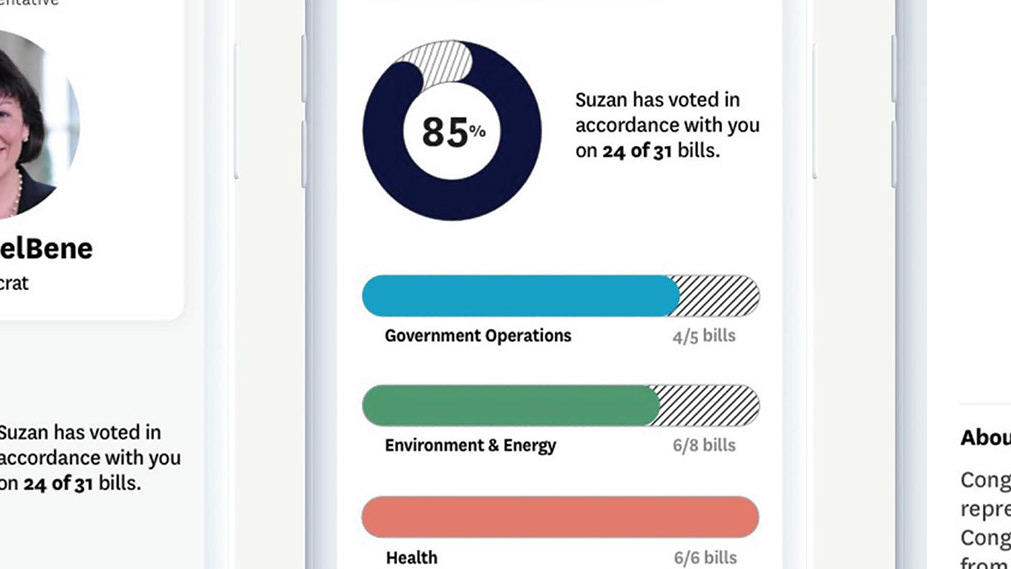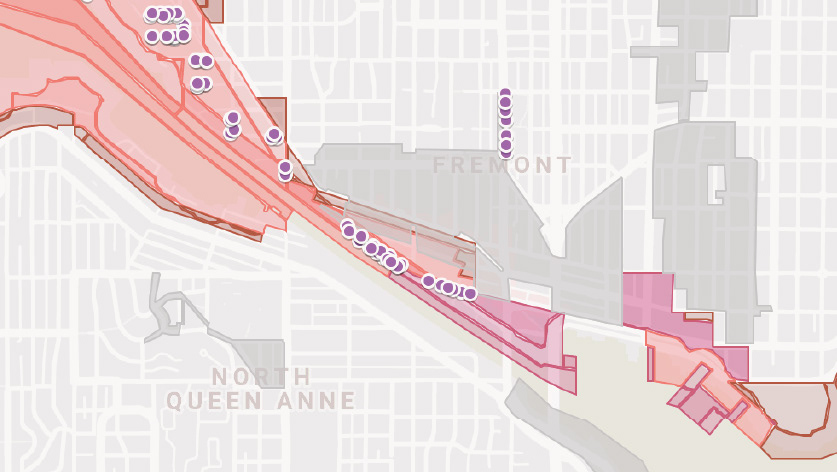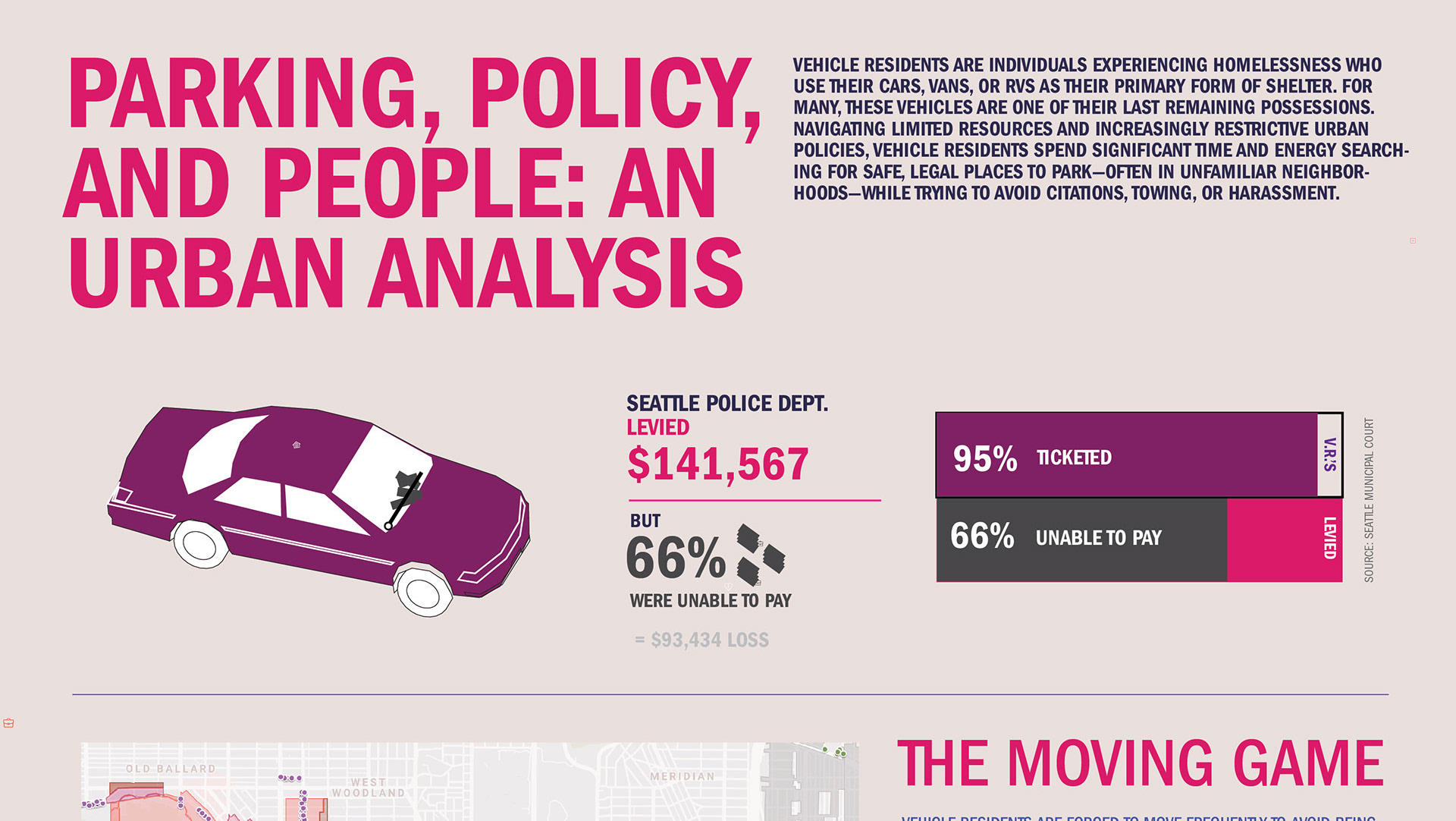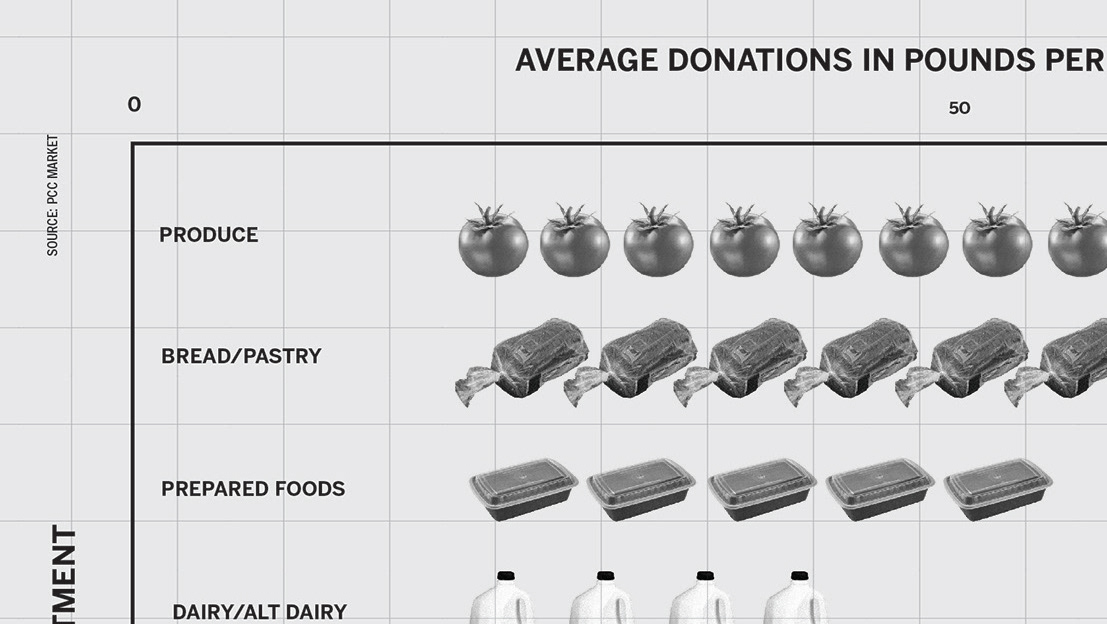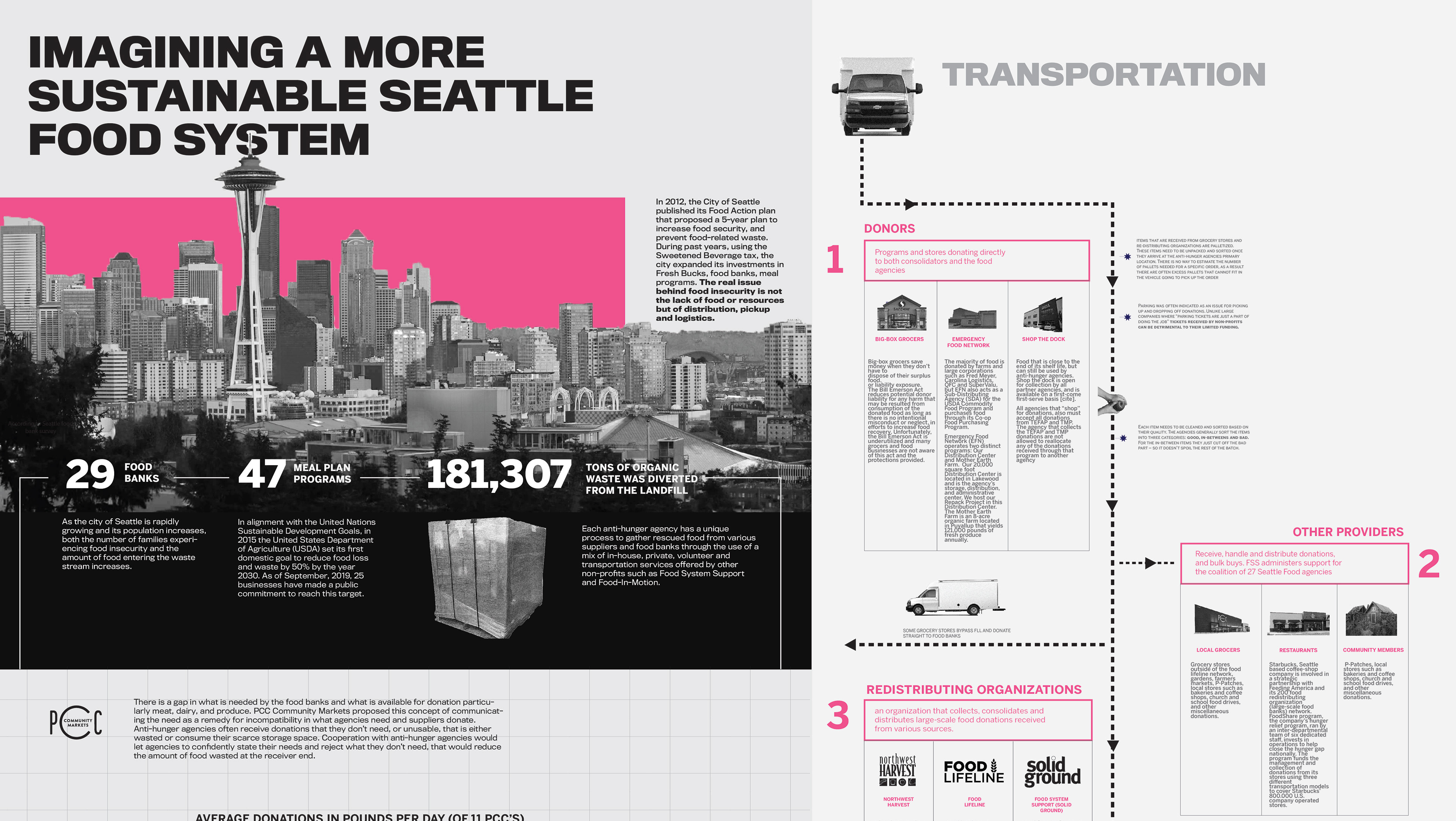Format: 150-page printed publication
Medium: Oral history, transcription, archival research, publication design
Tools: InDesign, Illustrator
Role: Interviewer, Designer, Researcher, Archivist
Medium: Oral history, transcription, archival research, publication design
Tools: InDesign, Illustrator
Role: Interviewer, Designer, Researcher, Archivist
Makibaka (Tagalog for “struggle”) is a 150-page oral history publication that documents my grandmother’s firsthand experience immigrating from the Philippines to Hawai‘i, and her community’s fight to protect plantation life in the face of Hawai‘i’s transition to U.S. statehood. The book is built from over 7 hours of in-depth interviews—but no family photographs or physical artifacts were provided.
Instead, the visual narrative was shaped through extensive online archival research, using her memories—names, places, unions, and events—as search anchors. From these fragments, I was able to uncover decades-old newspaper clippings, protest photos, and interviews that spoke not only to her story, but to the collective resistance of Filipino plantation workers in Hawai‘i.
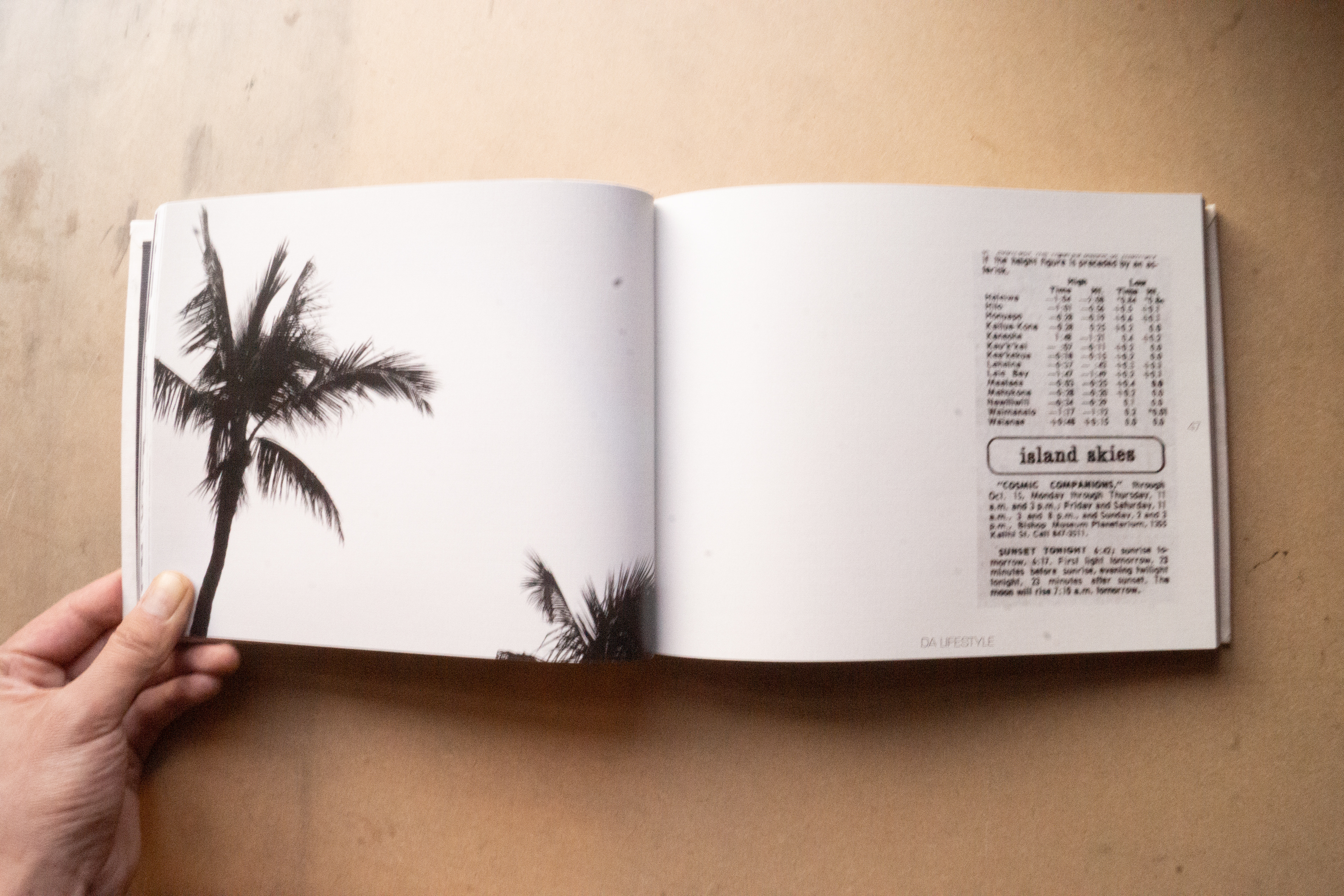
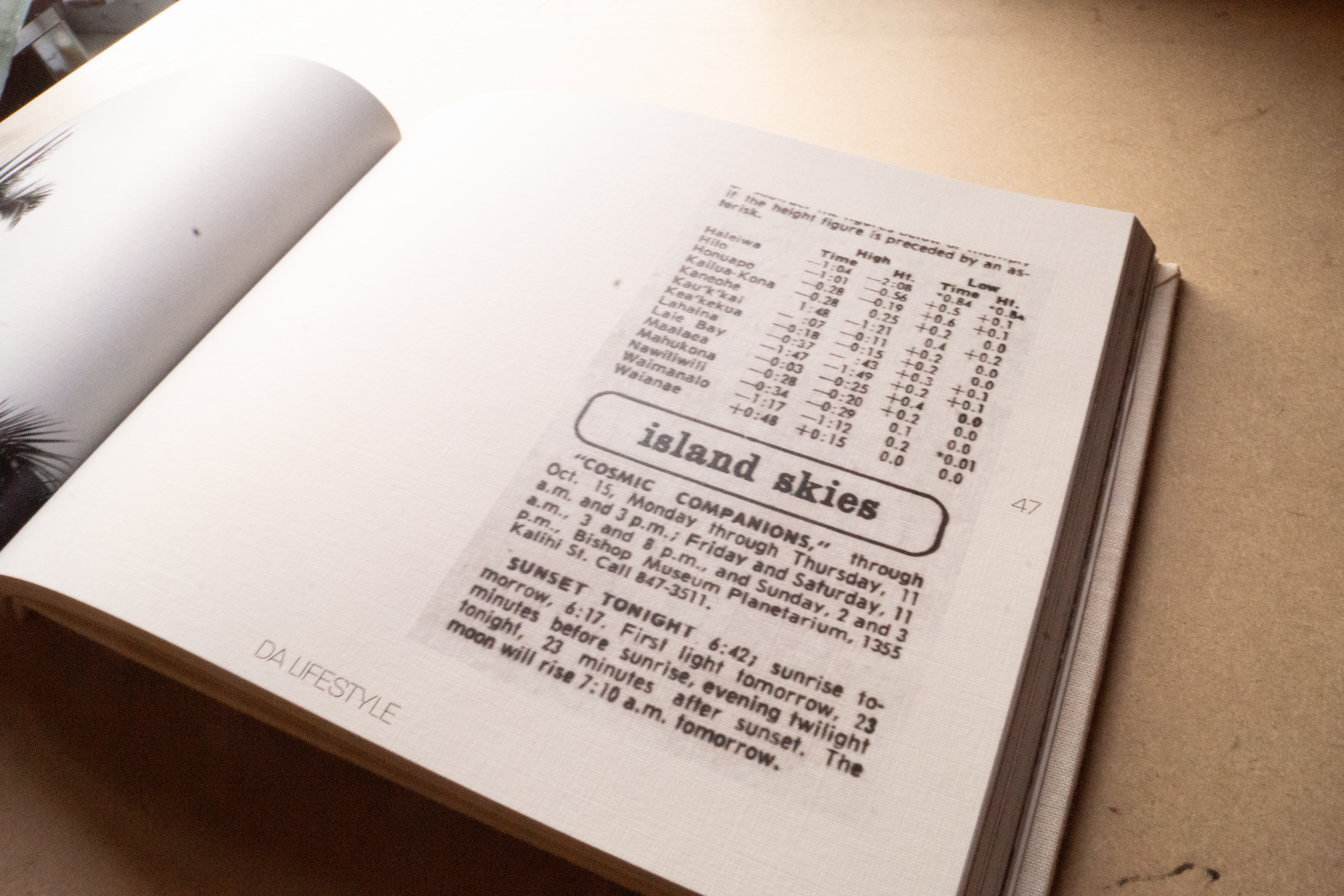
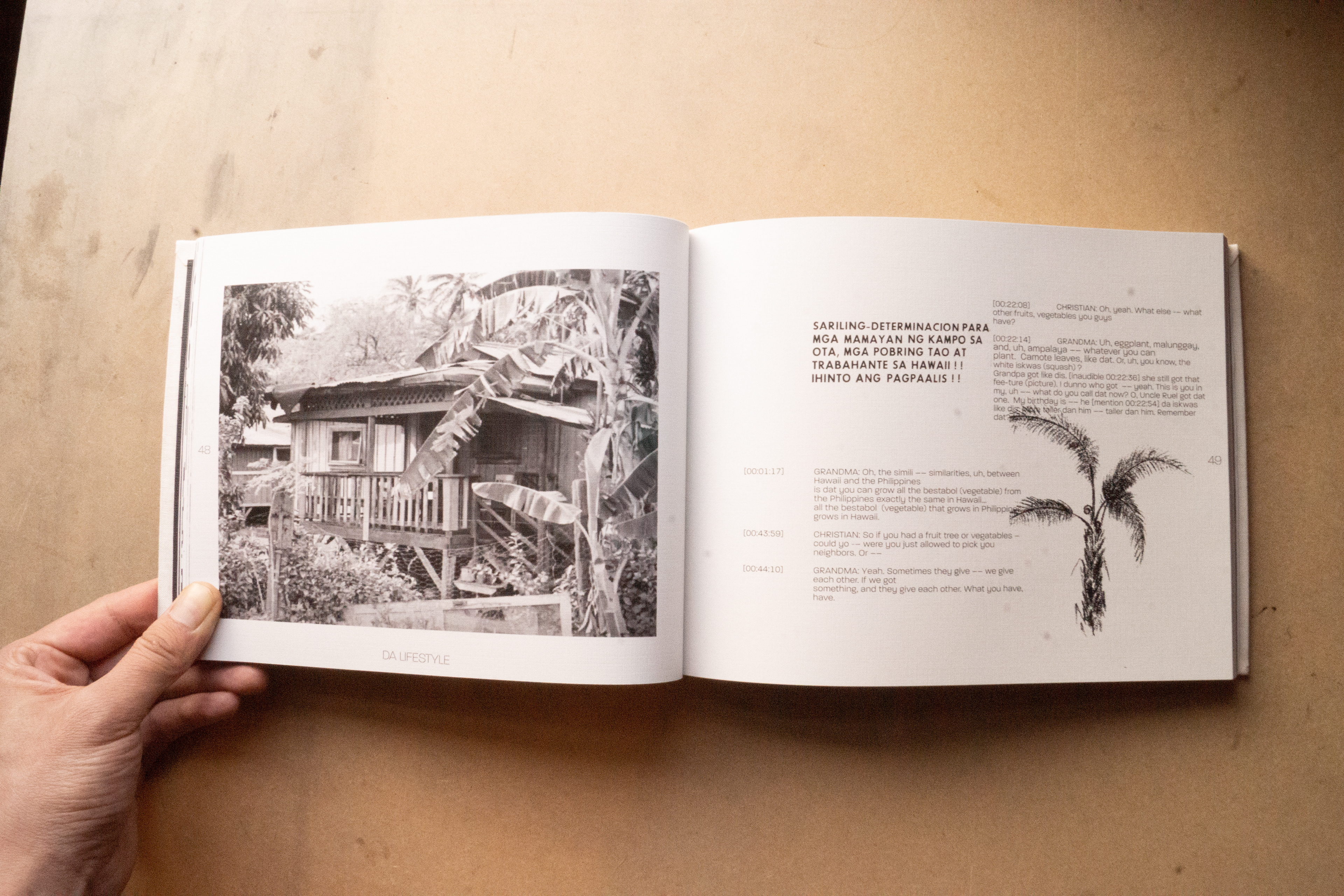
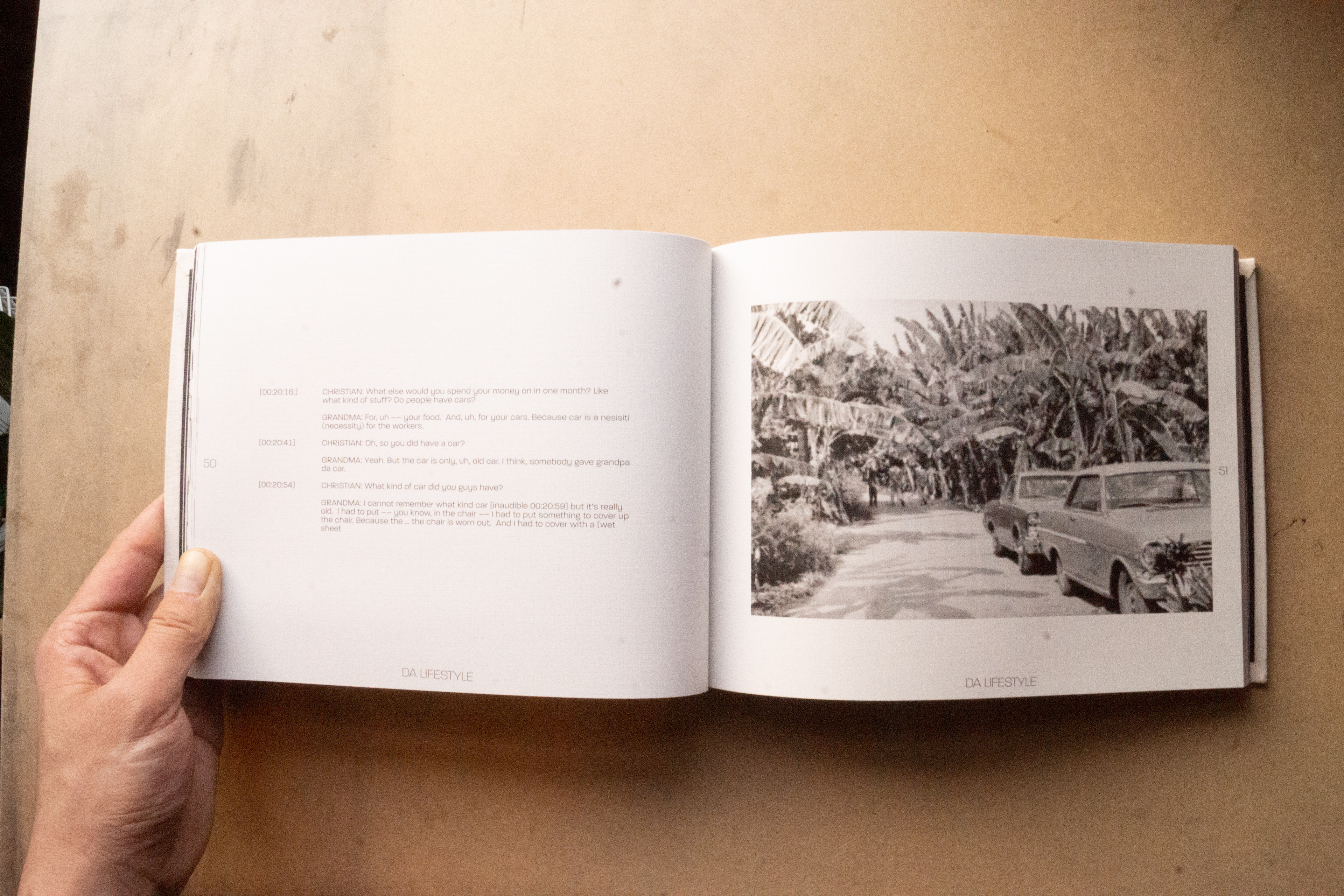
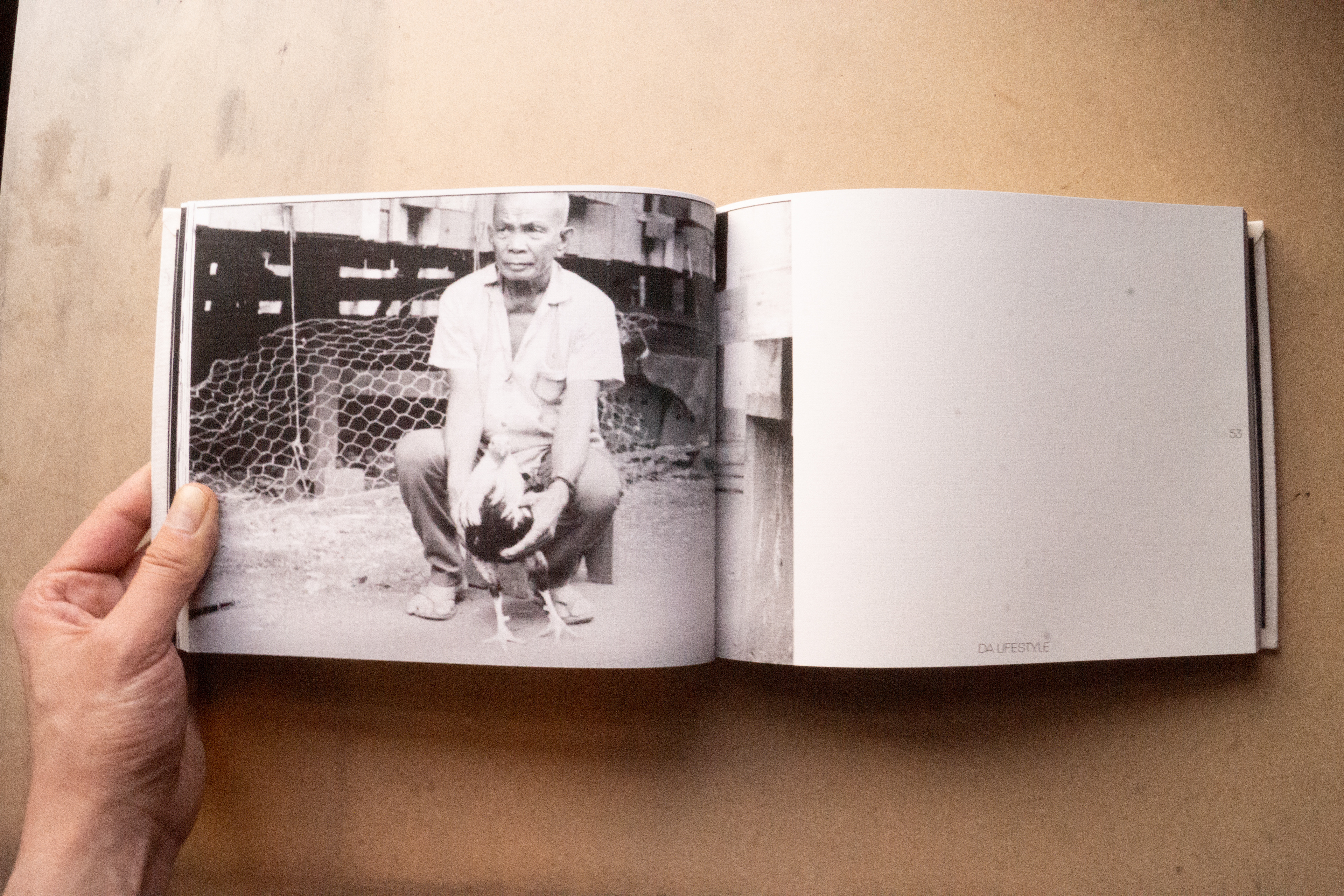
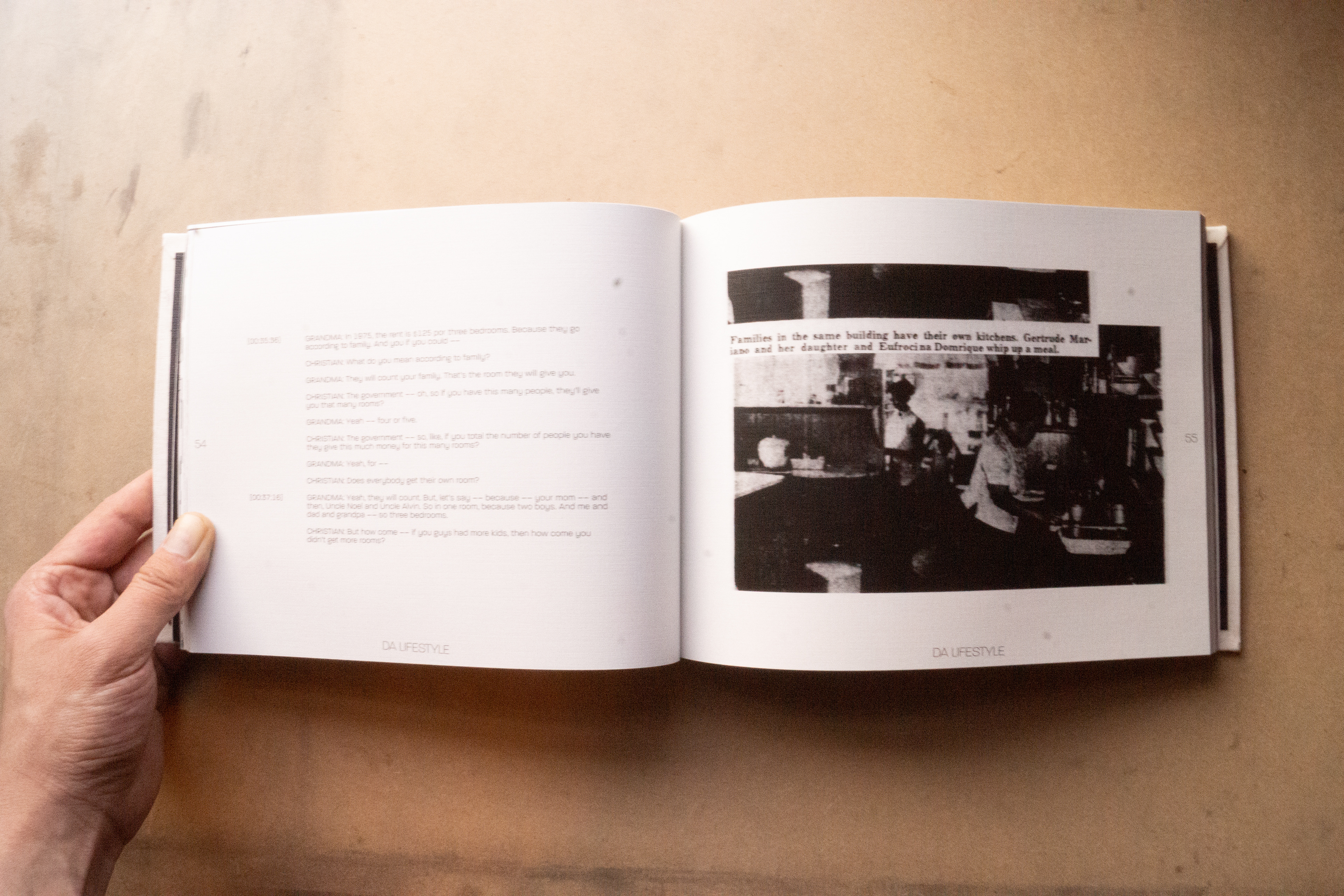
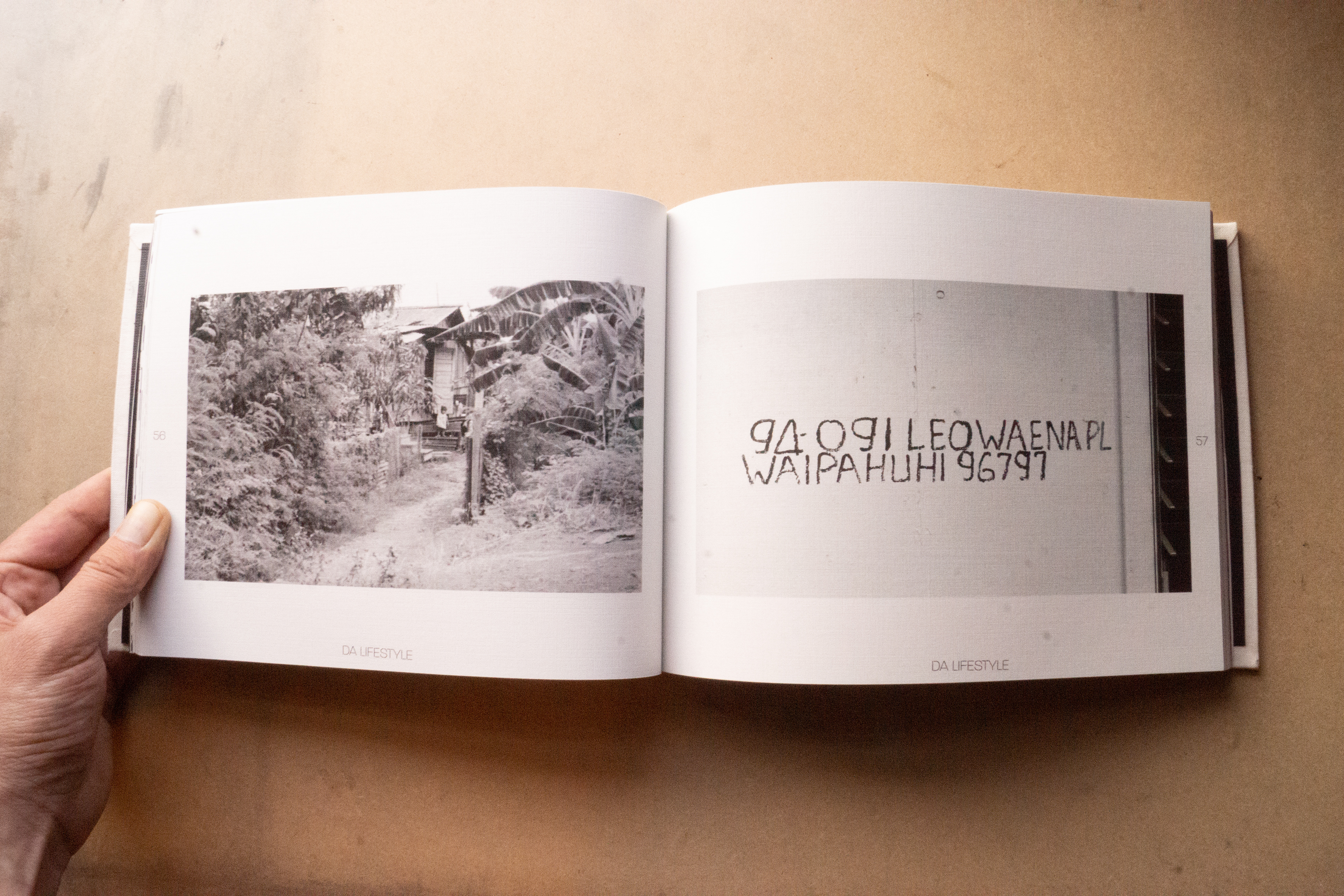
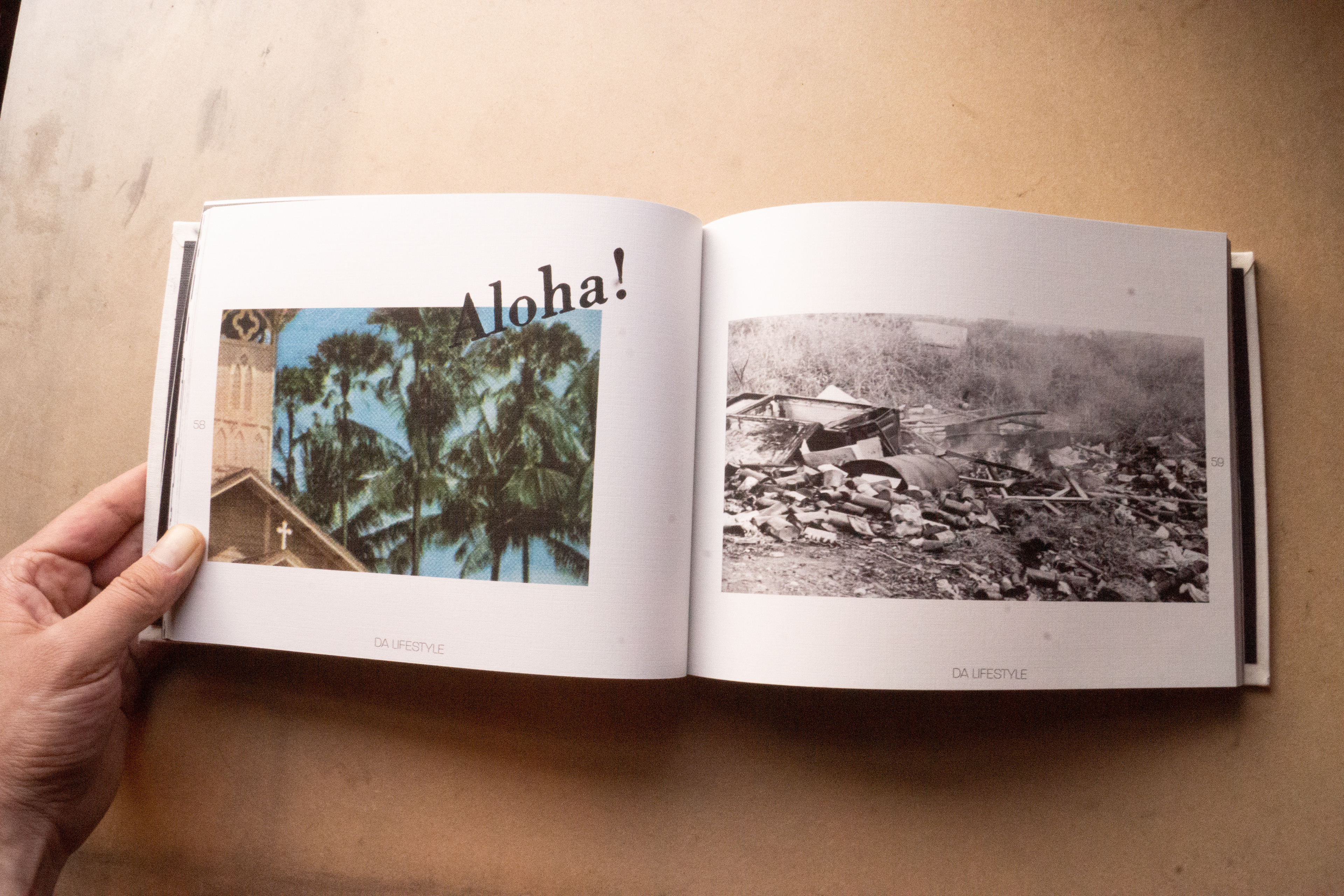
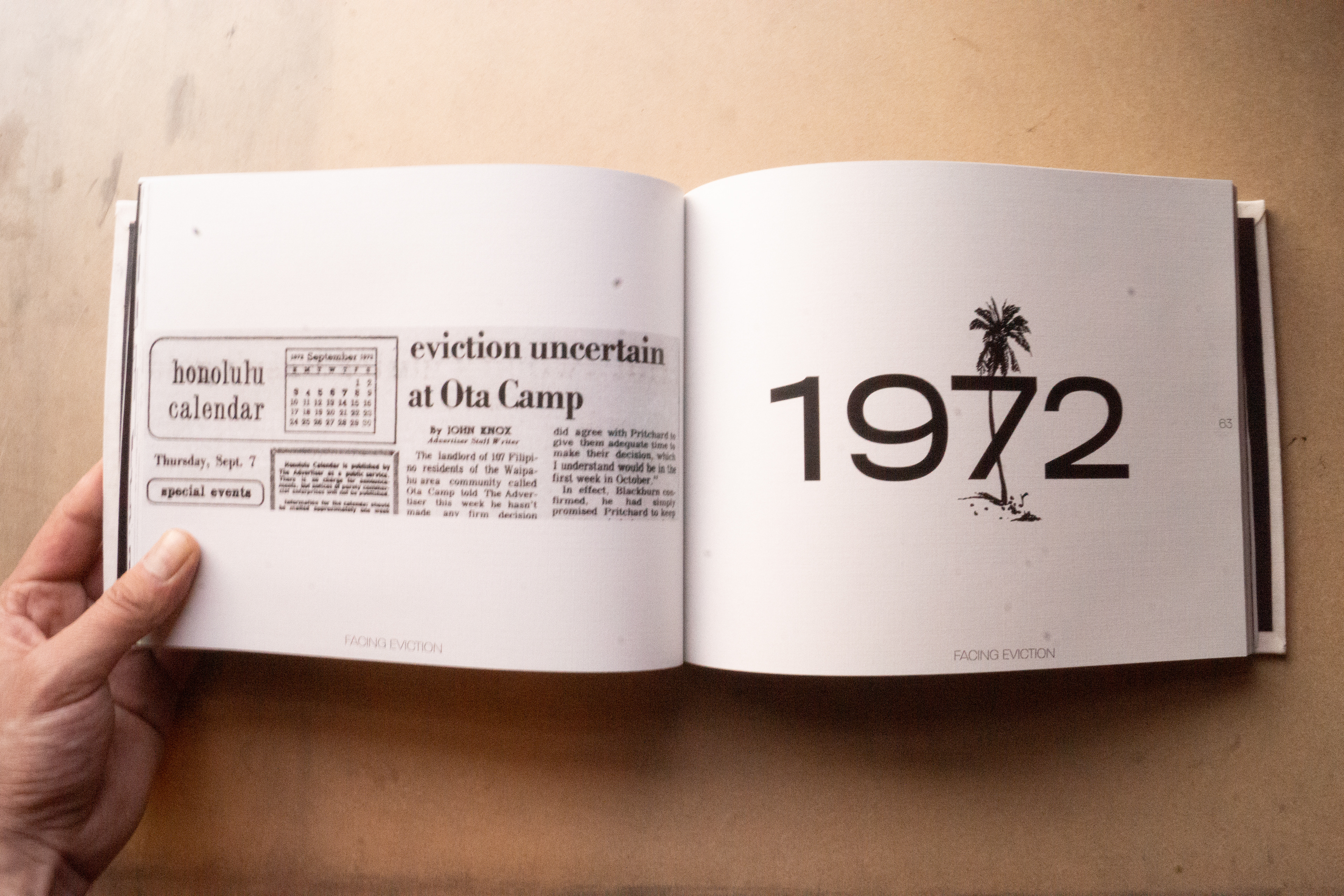
Project Goals:
+ Preserve and share a first-person migrant narrative across generations
+ Translate spoken memory into visual form through design and archival discovery
+ Piece together a visual record from digital artifacts when no personal images exist
+ Celebrate the legacy of Filipino labor organizers through design-driven storytelling
Process:
1. Oral History Collection
Conducted and edited over 7 hours of audio interviews, allowing my grandmother to speak freely across topics including migration, family, labor organizing, faith, food, and grief.
Conducted and edited over 7 hours of audio interviews, allowing my grandmother to speak freely across topics including migration, family, labor organizing, faith, food, and grief.
2. Transcription & Editing
Transcribed the interviews into raw text, preserving her "pidgin" and cadence while editing lightly for narrative clarity. Each chapter follows a thematic arc shaped by her lived experiences.
Transcribed the interviews into raw text, preserving her "pidgin" and cadence while editing lightly for narrative clarity. Each chapter follows a thematic arc shaped by her lived experiences.
3. Archival Discovery
With no photographs or family records to work from, I relied on keywords from our conversations—such as "Makibaka" and “Waipahu housing”—to excavate imagery and articles from digital archives. These included university collections, labor union records, and digitized newspapers. This allowed me to visually reconstruct the story using authentic historical ephemera tied to her community’s activism.
With no photographs or family records to work from, I relied on keywords from our conversations—such as "Makibaka" and “Waipahu housing”—to excavate imagery and articles from digital archives. These included university collections, labor union records, and digitized newspapers. This allowed me to visually reconstruct the story using authentic historical ephemera tied to her community’s activism.
4. Publication Design
The book layout is clean, reverent, and text-forward—mirroring the oral tradition. Imagery is presented as evidence unearthed, framed with captions that credit sources and link contextually to her storytelling. Visual language draws inspiration from archival document design, field journals, and 20th-century newspaper materials.
The book layout is clean, reverent, and text-forward—mirroring the oral tradition. Imagery is presented as evidence unearthed, framed with captions that credit sources and link contextually to her storytelling. Visual language draws inspiration from archival document design, field journals, and 20th-century newspaper materials.
Makibaka became both a personal archive and a public history—pieced together through voice and digital discovery. With no physical artifacts, I used design to trace and visualize a legacy that might have otherwise remained undocumented.
